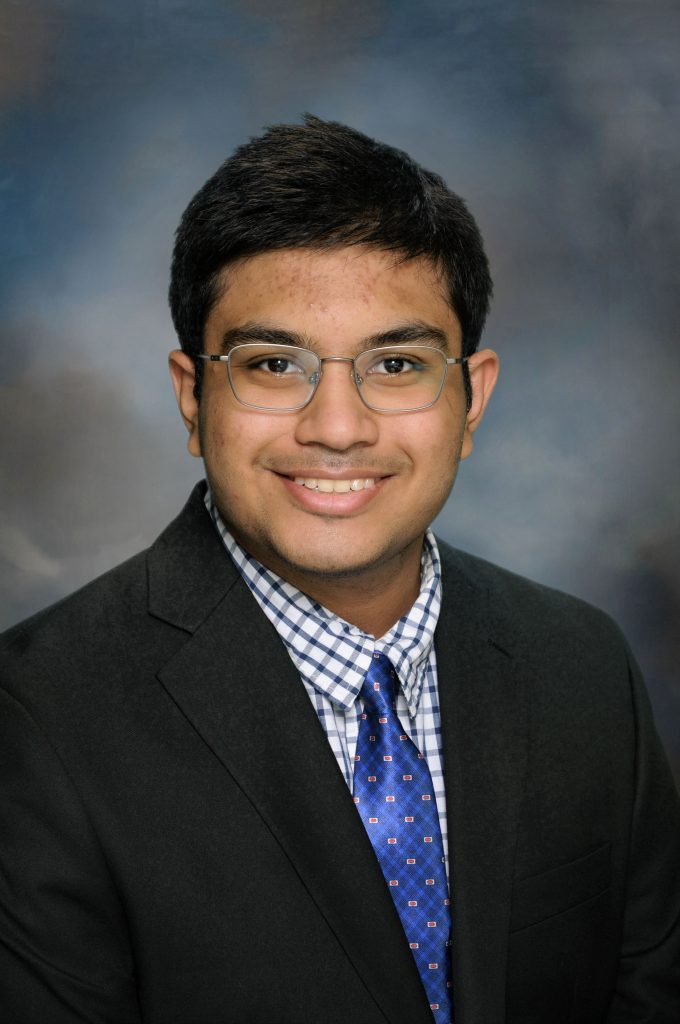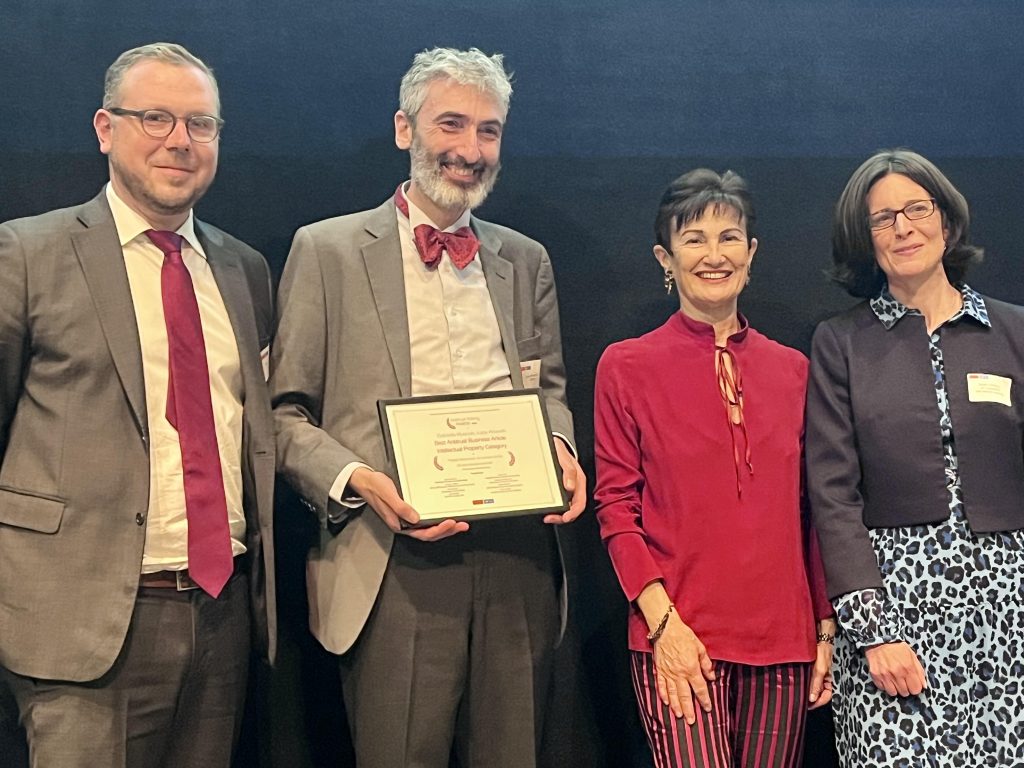
Syracuse, NY – 04/4/23 – Syracuse University College of Law is pleased to announce the 2023 IAPP Westin Scholar Award honoree as 2L Rohan Bhattacharjee. With the growing need for well-qualified privacy and data protection professionals, the annual Westin Scholar Awards were created by the International Association of Privacy Professionals to support students who are identified as future leaders in the field of privacy and data protection.
As a participating Westin Scholar Award school, Syracuse University College of Law’s 2023 Kurt Wimmer IAPP Westin Scholar Award Committee (Prof. Lauryn Gouldin, Prof. Keli Perrin, Assistant Dean Sophie Dagenais, Assistant Dean Lily Hughes, and Amber Lawyer L’17, Deputy Chair, Bond, Schoeneck & King Data Privacy and Cybersecurity Practice) have selected second-year law student Rohan Bhattacharjee to receive this year’s award in recognition of his passion and path that he has already forged for himself for a career in privacy law.
“The industry of privacy is fast growing and constantly evolving. We’ve created this award to put the privacy profession at the forefront of student’s minds as they explore potential career opportunities,” said J. Trevor Hughes, IAPP President and CEO. “Congratulations Rohan. We look forward to seeing the good work you will bring to the field of privacy.”
Rohan will be awarded the following:
- A $1,000 cash award
- 2 years of membership with the IAPP
- 3 complimentary exams for IAPP certifications (CIPP, CIPM, CIPT)
- Unlimited access to online training for recipient’s selected IAPP certification exams
Bhattacharjee is currently a Privacy Law Extern at Trillium Health, a Research Associate in the College of Law’s Innovation Law Center, helping clients with technology commercialization research, and a candidate to receive a Masters in Public Administration from the Maxwell School of Citizenship and Public Affairs. He is planning to take the IAPP CIPM, CIPP/U.S, and CIPP/E certifications. “Thank you to the Kurt Wimmer IAPP Westin Award Committee,” said Bhattacharjee. “It is an honor to be selected, and I look forward to obtaining the IAPP certifications and contributing to the field of privacy.”
About the Westin Scholar Award and Kurt Wimmer
The Westin Scholar Awards pay homage to the late Dr. Alan Westin, a foundational voice in the field of privacy and data protection. Throughout his life, Dr. Westin researched and wrote about privacy, data protection, digital identity, and the future of how societies will deal with issues at the intersection of law and technology. He is the namesake for the IAPP Westin Research Center and Fellowship Program, which was founded in 2013 and serves as a pathway for future leaders in the community. More information on the Award can be found at: Westin Scholar Award.
Proud Syracuse Law alumnus Kurt Wimmer was an international leader in privacy, cybersecurity, technology and media law, whose career at Covington & Burling spanned more than three decades, including as co-chair of the firm’s global data privacy and cybersecurity practice in Washington, D.C.
As a privacy and technology lawyer, Wimmer worked closely with clients including Facebook, Microsoft, Samsung and other multinational organizations, in addition to non-traditional clients such as the National Football League and National Hockey League.


